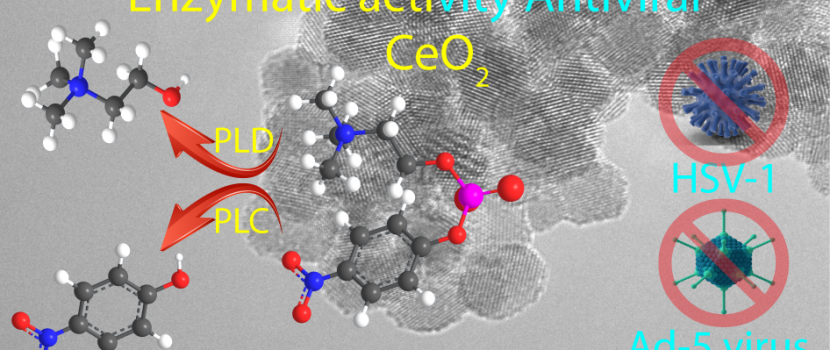
Cerium nanooxides prepared at UJEP can mimic enzymes, degrade toxic substances and kill viruses
Such functionalities were demonstrated by comparing different cerium oxides, experiments carried out by a joint team of scientists from UJEP, the Czech Academy of Sciences, the Military Research Institute in Brno and the Wroclaw University of Environmental and Biological Sciences. CeO2 is used industrially for polishing special glasses or in automotive catalysts to remove exhaust gases from combustion engines. This new work suggests that CeO2 also has great potential in biological sciences, medicine and modern cleaning technologies. However, the tested abilities of cerium dioxide to mimic human enzymes (in this case phospholipase) or to inhibit viruses (such as adenovirus 5 and herpes simplex virus) are closely related to its nano-size, the amount and type of defects in a crystal lattice and the functional groups present on its surface. Several parameters thus affect the resulting activity of CeO2, which, however, can be controlled by the synthesis method, as shown in this work.
J. Henych, M. Stastny, J. Ederer, Z. Nemeckova, A. Pogorzelska, J. Tolasz, M. Kormunda, P. Rysanek, B. Bazanow, D. Stygar, K. Mazanec, and P. Janos, How the surface chemical properties of nanoceria are related to its enzyme-like, antiviral and degradation activity. Env. Sci. Nano (2022). https://doi.org/10.1039/D2EN00173J
The archive of other published articles can be found here